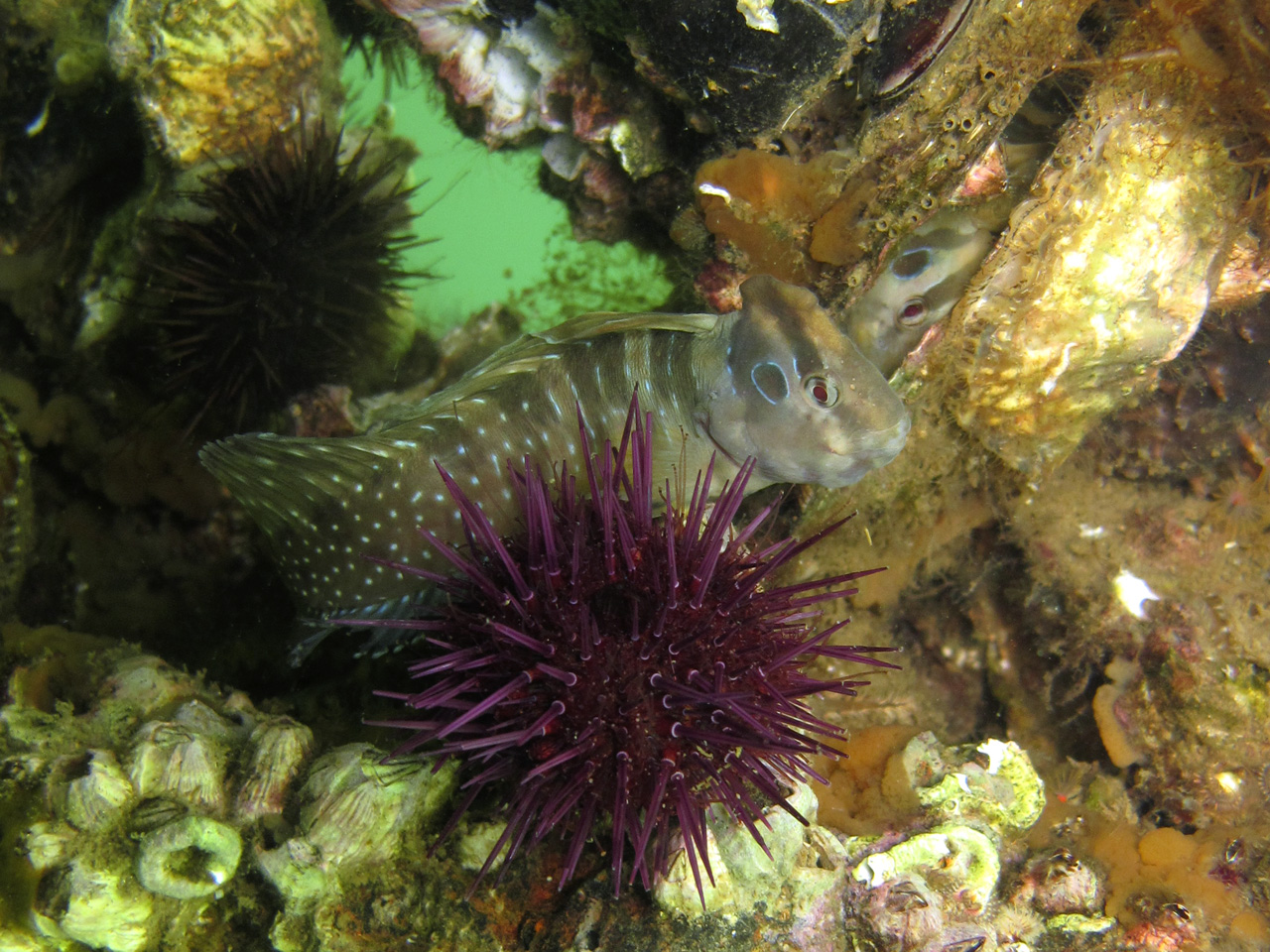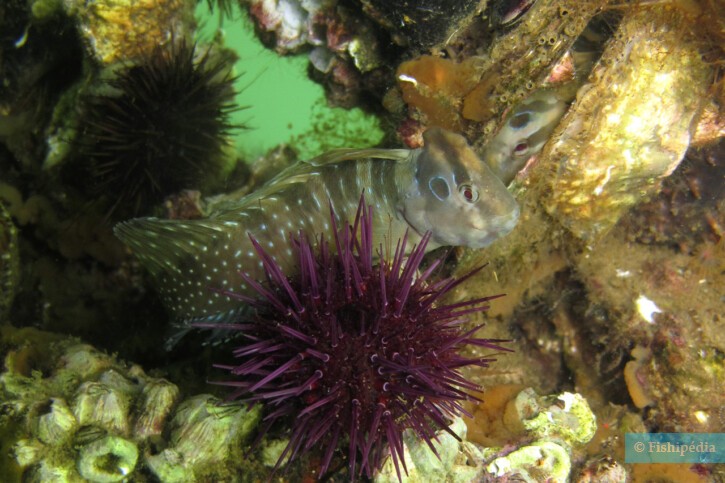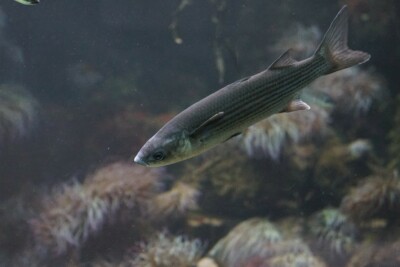peacock blenny
| Scientific name | Salaria pavo |
|---|---|
| Descriptor | Risso |
| Year of description | 1810 |
| IUCN category (World) | LC |
| Family | Blenniidae |
| Genus | Salaria |


Introduction
Salaria pavo, commonly known as peacock blenny, is a brackish water and salt water fish.
This sheet is currently being prepared. The texts currently proposed come from our data model or are being drafted. To request priority for this content, you can write to us HERE.
Who is it?
Morphology
-
Average size10 cm
-
Maximum size13 cm
-
Mimicryrocky bottoms
-
Patternponctuations
-
Average size10 cm
-
Maximum size13 cm
-
Mimicryrocky bottoms
-
Patternponctuations
How to recognize This fish ?
The peacock blenny measures between 10 and 13 cm. This fish is tricolore with a predominantly bleu, marron and beige body. The also has bleu ponctuations.
Behaviour & Life cycle
-
dietomnivorous with carnivorous tendency
-
Sociabilityliving as a couple or alone
-
territorialYes
-
Way of livingdiurnal
The peacock blenny is a fish living as a couple or alone naturally found on the bottom. This species is omnivorous with carnivorous tendency .
This species is territorial and does not appreciate the presence of intruders nearby, especially animals with similar behavior. It can also be virulent toward conspecifics. However, the peacock blenny has little concern for non-territorial animals.
Reproduction
-
Reproductionovipare qui pond sur substrat découvert
-
PolygamyYes
The peacock blenny is a fish ovipare qui pond sur substrat découvert. In this species, the dominant males are polygamous and reproduce each season with several females. This fish protects its eggs from nearby predators.
Harmless species
This species does not represent any particular threats to humans when encountered in its natural environment.
Origin and distribution
What is its habitat?
Natural environment characteristics
-
Temperature8 - 28 °C
-
Depth0 - 1 m
-
FlowMedium
Biotope presentation
The peacock blenny is most often found at a depth between 0m and 1m. However, it is not impossible to find this species at other depths.
Species of the same biotope
To go further
Sources & Contributions
Participation & Validation
The Fishipedia team and specialist contributors are committed to providing high-quality content. However, although the information comes from scientific sources or testimonials from specialists, the cards may contain inaccuracies.

Benoit Chartrer
Translation
Translation done with the valuable contribution of our translators, who make this information available to a wider audience. We sincerely thank them for their commitment.
Scientific partners
Tags
Species of the same family
Same genus
Species of the same biotope


























